The little paper that grew to greatness
This little paper is as yet only an infant, but, like Manly, it will grow.
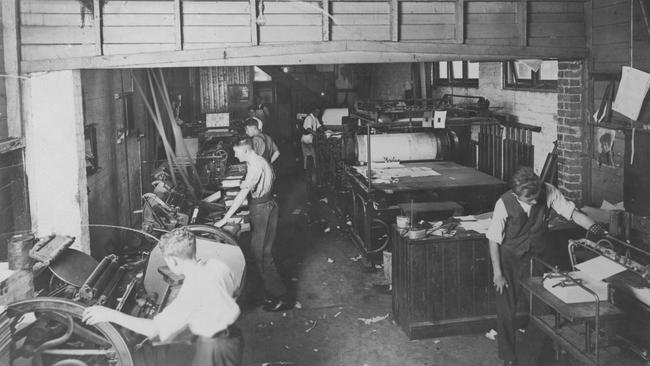
Nth Beaches
Don't miss out on the headlines from Nth Beaches. Followed categories will be added to My News.
This little paper is as yet only an infant, but, like Manly, it will grow.
When Edward Lincoln wrote those words for his first edition of The Manly Daily, published on July 28, 1906, he could not have foreseen how prophetic they would prove.
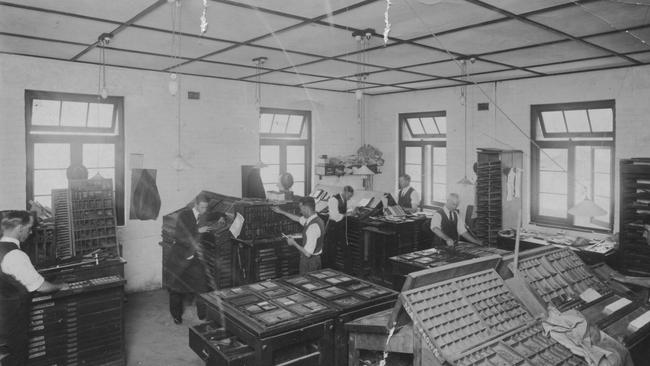
Not just Manly but the whole peninsula has grown to an extent that no-one could have imagined, while the Manly Daily has grown from Lincoln’s “infant” to become one of the most widely-known and highly-regarded institutions on the peninsula.
But before that could happen, Lincoln’s infant had some growing to do.
Although Lincoln had a printery with a small platen machine, it was incapable of printing a newspaper, so the first edition of 1000 copies was printed by Batson and Co, of 91 Clarence St, Sydney.
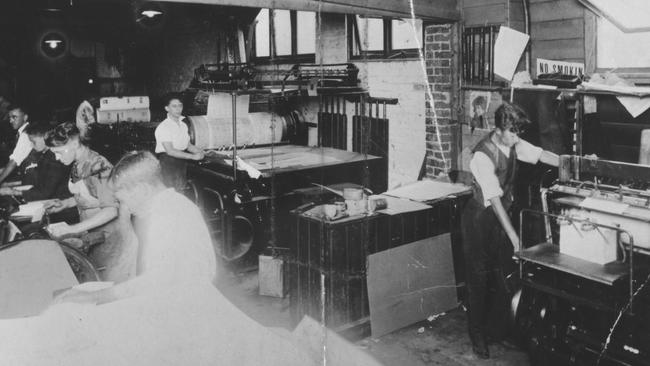
Most of the double-sided 22 x 29cm single sheets were distributed at Circular Quay to passengers boarding the Manly ferry, while some were taken to Manly and distributed there.
Lincoln later extended distribution by having newspapers brought from Sydney, folded by hand in Manly and then delivered around the district by several boys.
At least two Manly councillors began their working lives as rounders for the Manly Daily – A A Pearce and Bill Iles, as did another Manly identity, Muff Smith.
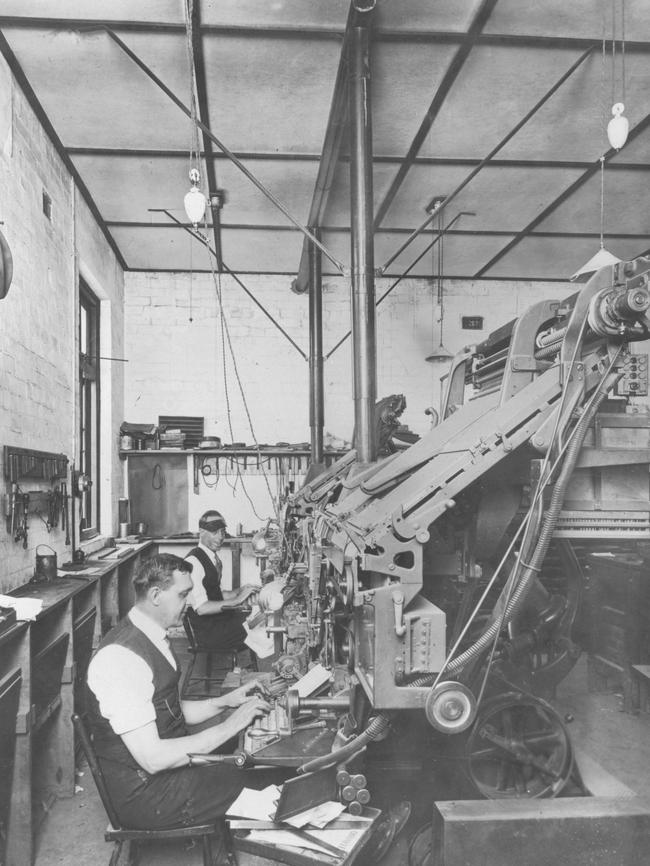
It was not long before the newspaper’s success warranted the establishment of a printing plant in Manly, at the rear of premises called Baker’s Blue House, a cafe in South Steyne just around the corner from The Corso.
On at least one occasion, Lincoln was the subject of complaints to Manly Council about the noise from his press.
But the infant soon outgrew its swaddling clothes in August 1907 Lincoln moved the Manly Daily to new premises at 5 Henrietta Lane and acquired more up-to-date equipment. He also took over another newspaper, the weekly North Shore and Manly Times, which he bought from its founder, William Gocher, and subsequently closed it.
By 1908 Lincoln shared proprietorship of the Manly Daily with George Robinson, who was a relative of Lincoln’s wife. By early 1909 Lincoln was once again sole proprietor, although Robinson continued to assist with the newspaper’s production.
The success of the Manly Daily continued until the outbreak of World War I, when the cost of newsprint became so prohibitive that Lincoln seriously considered closing the newspaper.
But by then the Manly Daily was too highly regarded by the community for that to happen and, at a public meeting in Manly, residents guaranteed their continued support for the newspaper, come what may.
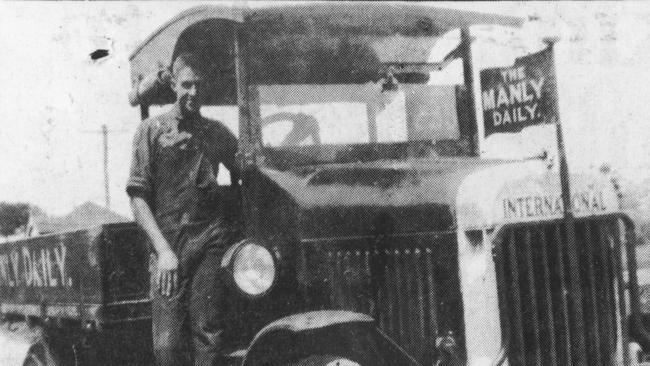
With this strong local support, the Manly Daily was able to survive the war years by reducing the size of the newspaper, publishing it less often and by temporarily introducing a cover price of one penny.
While the end of World War I saw a return to full operations by the Manly Daily, Lincoln’s health was poor by now and he decided to retire in 1919.
For a short time Henry Leppard was the proprietor of the Manly Daily but by 1920 it was being printed by Joe Trenerry at his printery at 18 Sydney Rd, Manly.
Trenerry was already the publisher of the outspoken Manly Free Press.
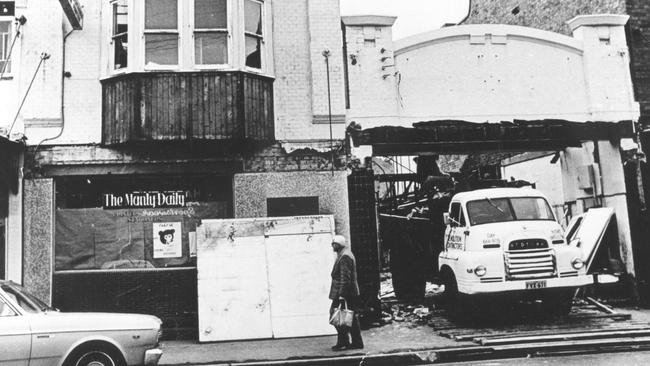
In 1921 Trenerry formed a syndicate with Henry Leppard and Alexander McDonald to take over the Manly Daily but Leppard retired within a year and McDonald died soon after.
It is a measure of the prestige of Lincoln’s infant that his Manly Daily masthead was retained for the newspaper by Trenerry’s newly-formed Manly Daily Printery, while Trenerry’s own Manly Free Press disappeared.
After McDonald’s death his widow, Margaret, took up her late husband’s share of the management, giving Trenerry enormous assistance during the adventurous years ahead.

For while Edward Lincoln was the proud parent of the Manly Daily, Joe Trenerry was its guiding star through the newspaper’s teenage years.
Under Joe Trenerry’s ownership and editorship, the Manly Daily progressed rapidly through the early 1920s and he was always on the lookout for opportunities to promote both the peninsula and his newspaper.
In 1922 Trenerry instigated The Manly Daily Song Competition, which was actually two competitions in one.
The first part of the competition was for the lyrics, which was won by Herbert Bailey for his composition Manly By The Sea.
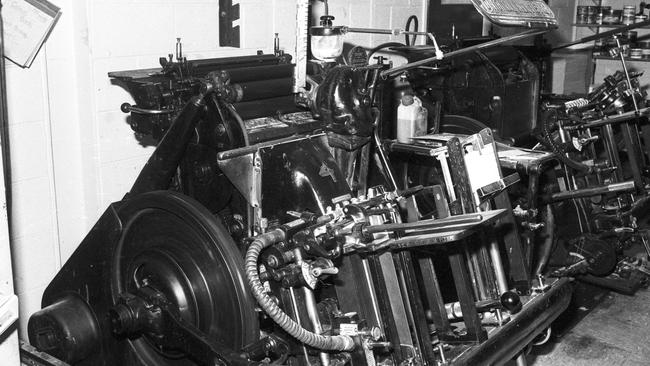
The following year Trenerry launched the second part of the competition – to put music to Bailey’s poem – and a series of concerts was held before the final was won by Nicholas Robins. More compositions followed and Trenerry quickly took The Manly Daily Printery into the business of song books, describing the company as “Music and Art Printers and Publishers”.
A music department was established within the company and more than 35 titles were published.
Another of Trenerry’s innovations was to organise an art competition in 1923, with a prize of £100.
The winner was Seaforth painter James Jackson for his work Middle Harbour From Manly Heights, which, along with other entries, was exhibited in front of Manly Town Hall in January 1924.
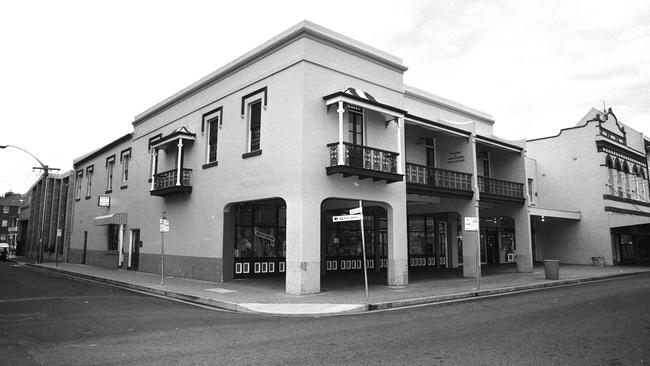
This led to a public meeting and a petition to Manly Council asking it to establish an art collection and an art gallery, which eventuated in 1930.
Trenerry, by now a Manly Council alderman as well as the owner of the Manly Daily, was appointed to the first art gallery committee and maintained his involvement with the gallery until his death in 1951.
With the newspaper and printery flourishing, Trenerry erected a factory fronting Central Ave, Manly, where more modern machinery was installed.
But in 1926 Trenerry resigned from Manly Council and in September that year sold the Manly Daily.
Trenerry’s son Bill, however, remained with the newspaper as chief linotype operator until his retirement in 1968 after 51 years service.

The new owner of the Manly Daily was a company called The Manly Daily Ltd, which also took over the premises at 18 Sydney Rd, with Richard Musgrave as general manager and editor, supported by a board of directors of the four major shareholders.
Interestingly, the largest shareholder in the new Manly Daily Ltd was Margaret McDonald, the widow of Trenerry’s co-proprietor back in 1921, although Mrs McDonald was not on the board.
With the influx of new money and blood, a new factory was built on the Sydney Rd site in 1928, with new presses housed in the basement to reduce their noise, and the following year saw the introduction of another press, enabling the production of 16-page newspapers.
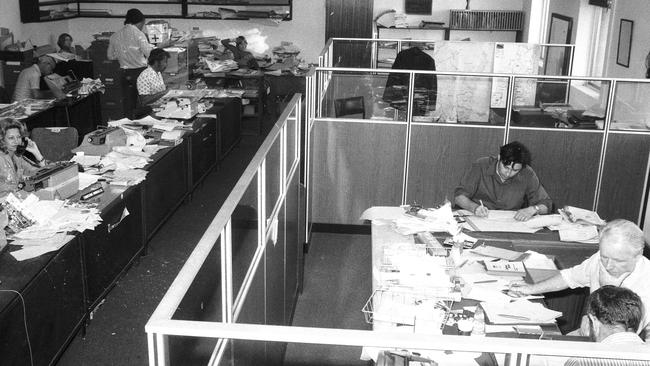
Another sign of the change in blood was the introduction of the Manly Daily Pictorial, a special edition published every Tuesday with an outer leaf of higher-quality paper to support the reproduction of up to 20 photographs on the front and back of the paper.
Many of the photographs of people, places and events around the district were from the Leon Cayley Studio in Manly.
The Depression saw a slump in all economic activity and the Manly Daily was not spared its effects, although the newspaper’s management endeavoured to retain all its married employees.
The newspaper recovered slowly from the Depression but a new typesetting machine improved production, and circulation slowly increased.

During World War II, however, the size of the newspaper was reduced, reflecting the stringency of the times. But the commercial printery remained active, as did the Manly Daily’s stationery business.
One of the company’s major contracts was the printing of the monthly Open Road, the organ of the NRMA, although it printed everything from business cards to books.
Although business picked up again after the war there were paper shortages and electricity was rationed, forcing the company to install a generator.
Eventually, however, business increased to match the rapid post-war development of the peninsula.
The growth of both the motoring and real estate markets in the 1950s saw the Manly Daily’s circulation reach 20,000, with Saturday’s edition regularly running to 40 pages.
Thursday’s edition would often reach 32 pages, while the Wednesday and Friday editions would usually be six pages and Tuesday’s edition would usually be four, six or eight pages.
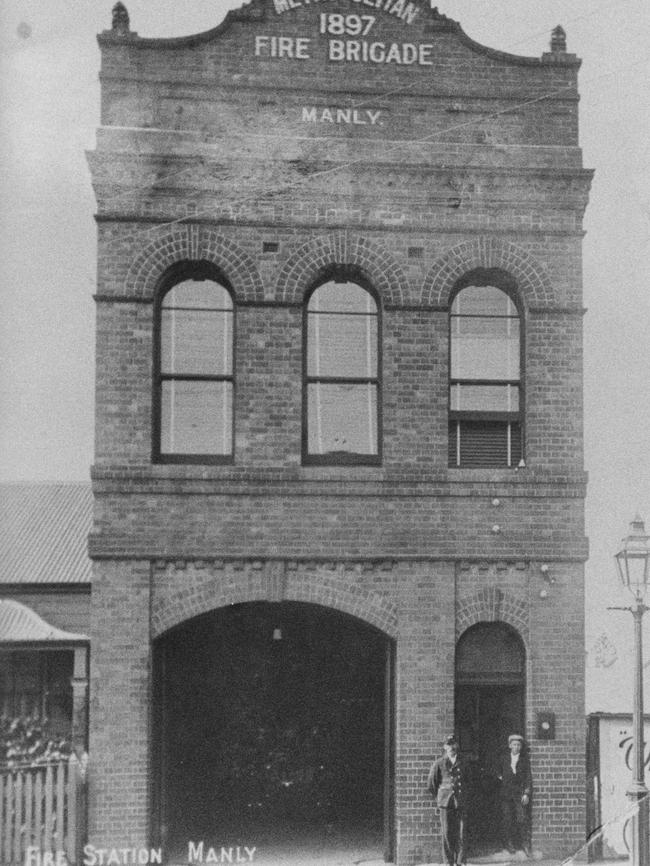
In 1957, following a change in the Manly Daily’s business address from 18 to 26 Sydney Rd, the building was extended, with another floor to house the composing room added to the rear of the factory and a pit dug to house the presses.
Production of the newspaper continued during the course of the extensions but there were problems aplenty, sometimes delaying the next day’s edition.
The deep pit dug to house the presses was subject to flooding and, although a pump was installed, it was often blocked by sand.
There was also an incident when a worker fell through the roof, narrowly missing the hot-metal pot.
The Manly Daily also acquired the former Manly fire station and used it to house the newspaper’s photographic department.
But the peninsula was still growing and the population increasing and, by 1960, circulation had reached 27,000.
Major changes occurred in 1967 when a new management team instigated a huge rebuilding program that included a new press room, while the commercial printing department was moved to Brookvale.
The Sydney Rd frontage was rebuilt with a second storey, while the printing factory fronting Central Ave was rebuilt and enlarged and a new, four-unit printing press was installed. The new premises were officially opened by Premier Robert Askin in December 1968.
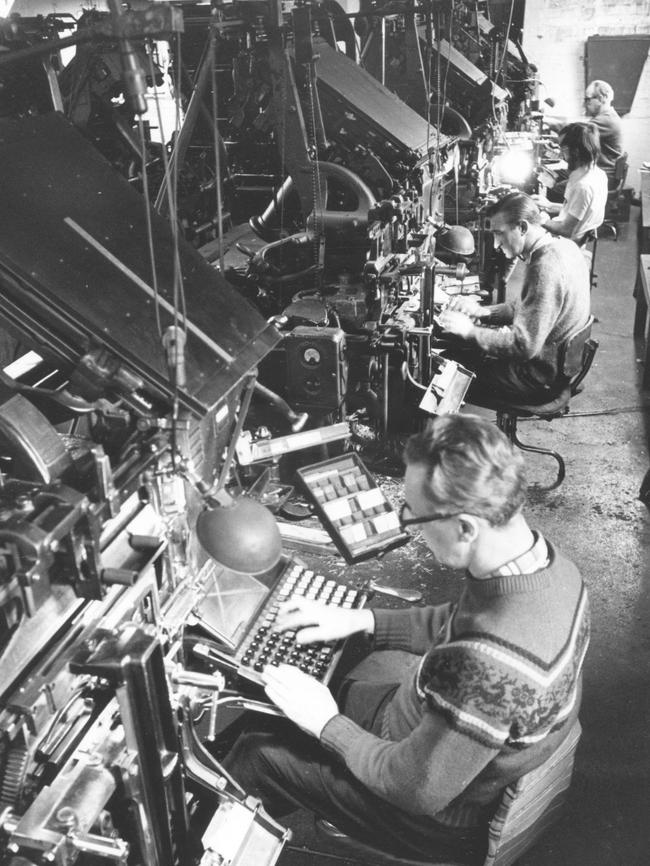
The 1970s saw two sister publications, the Mosman Daily and the North Shore Advocate-Courier, transferring operations and being printed at Manly as well. But the development of both the peninsula and the Manly Daily continued unabated, requiring constant updating of the Daily’s printing and production technology.
A new $750,000 press capable of printing an 80-page newspaper at 25,000 copies an hour was installed in 1978 and in 1981 it was extended to accommodate the printing of 112-page newspapers.
The most significant change to the external appearance of the Manly Daily premises came in 1979, when the whole of the Sydney Rd/Central Ave corner was renovated.
What over the years had become an unsightly row of two-storey terraces of mixed ages and styles, often altered beyond recognition, was renovated in a Georgian style. The interiors of the buildings were gutted, ridding the buildings of their rabbit-warren atmosphere and opened up to allow better lighting and arrangement of offices.
But 1979 also saw a significant change in the ownership of the Manly Daily – it became a subsidiary of Kerry Packer’s Consolidated Press Holdings Ltd.
CPH had first acquired shares in the Manly Daily in the 1960s and by 1967 was the major shareholder – the four-unit press installed at the Daily in 1968 came from CPH’s city offices.
But such was the regard with which the Manly Daily was held that in 1986 it was bought by one of Australia’s biggest national media groups at the time, the Herald and Weekly Times (HWT).

Not long after, HWT was taken over by Rupert Murdoch’s News Ltd and theManly Daily became part of the Cumberland Newspaper Group of suburban newspapers, which had been bought by Murdoch in 1960.
The Cumberland Newspaper Group is now called NewsLocal.
Another big change was also on the horizon.
With no more room at Manly to expand the presses, combined with the economics of mass printing, the days of printing the Manly Daily at Manly were numbered.
Late on August 6, 1989, the Manly Daily’s presses were started for the final time for the following day’s edition.
By October 1989, the last of the production team of compositors, typesetters and camera operators had also moved to Cumberland’s Parramatta complex. Only editorial and advertising staff remained at Manly.
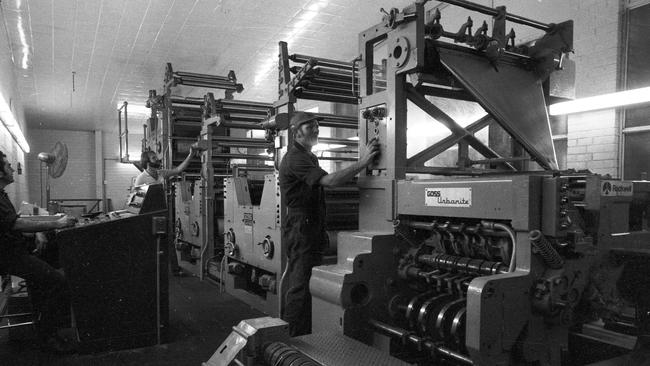
In the mid-1990s it was decided to sell the Manly Daily’s site on the corner of Sydney Rd and Central Ave to a developer but retain one floor of the new building on the site.
The buildings that made up the site were demolished in late 1997 and staff were temporarily located in premises on the corner of East Esplanade and Wentworth St until the new building in Sydney Rd was completed.
Only once in its history has the Manly Daily failed to appear – on February 24, 1966 – when excessive humidity in the switchboard resulted in the breakdown of all electrical equipment.
A double edition was published the following day.
There is no doubt that Edward Lincoln would be astounded by the growth of both the peninsula and the Manly Daily since 1906, when his first single-sheet edition was published.
The Manly Daily began as the first free newspaper published in NSW and remains the only free newspaper published five days a week.
It is also the only daily suburban newspaper in Australia and one of two in the world.
Edward Lincoln’s infant has grown to lusty maturity.


